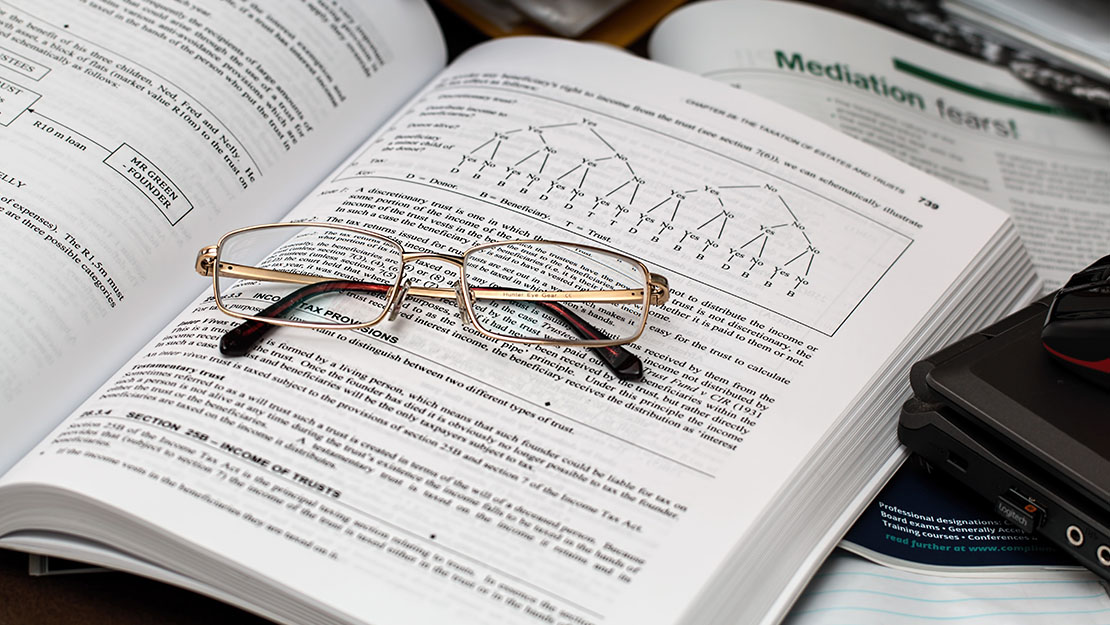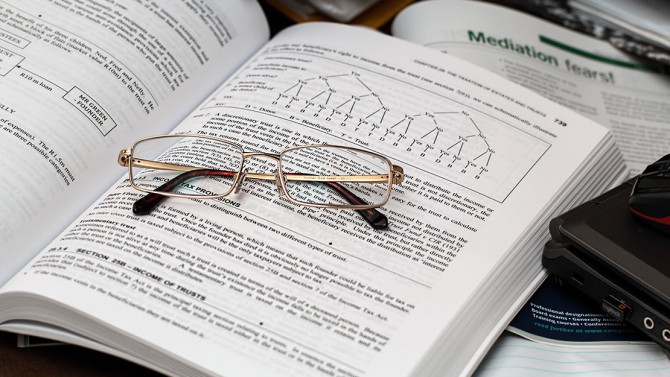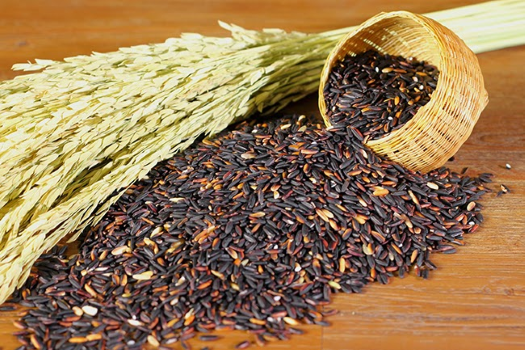
Abstract: The purpose of this survey study were to monitor and compare the physiochemical characteristics of wastewater between the cafeteria 1 and cafeteria 2 in Buriram Rajabhat University. The wastewater sample were collected 4 times at the month interval. Eight parameters including settleable solids, suspended solid, total dissolved solids (TDS), pH, Biochemical oxygen demand (BOD), Total Kjeldahl Nitrogen (TKN), fat oil and grease and sulfide were determined by the central laboratory, faculty of Public Health, Khon Kaen University.
The research were as follows: The results of the physical characteristics on the sample from cafeteria 1 by settleable solids, suspended solid and TDS tests were 213.5 mg/l, 392 mg/l and 704 mg/l, respectively. In contrast, cafeteria 2 had higher mean values of 288.75 mg/l, 642 mg/l and 1,136 mg/l, respectively than cafeteria 1. In addition, all of the values had exceeded the standard levels. The mean values of the chemical examination on the samples from cafeteria 1 by pH, BOD, TKN, fat oil and grease and sulfide test were 6.25, 685 mg/l, 76.58 mg/l, 56.93 mg/l and 2.16 mg/l, respectively. While the values of sample from cafeteria were 5.6, 1,675 mg/l, 41.3 mg/l, 255 mg/l and 1.61 mg/l, respectively. According to the data, there were only 2 parameters (pH and sulfide) that did not exceed the standard levels but other 3 parameters were much higher than the standard levels. In conclusion, the cafeteria 1 had a better wastewater quality than the cafeteria 2 on the parameters; fat oil and grease, BOD, suspended solid and settleable solid. Furthermore, various parameters showed much higher values than the standard levels indicating that the wastewater from both cafeteria greatly needed some treatment before being discharged into the university sewage system.
Keywords: Wastewater, Cafeteria, Fat oil and Grease.








ความคิดเห็น